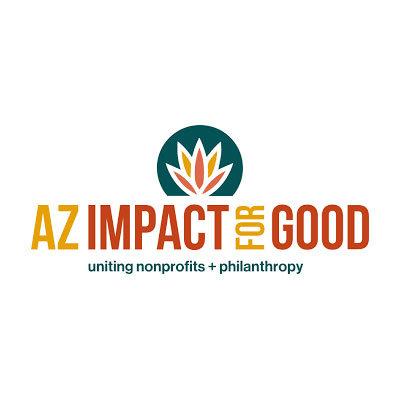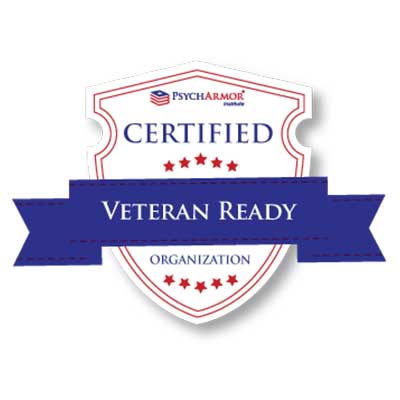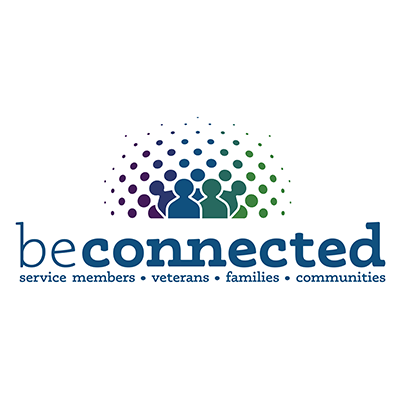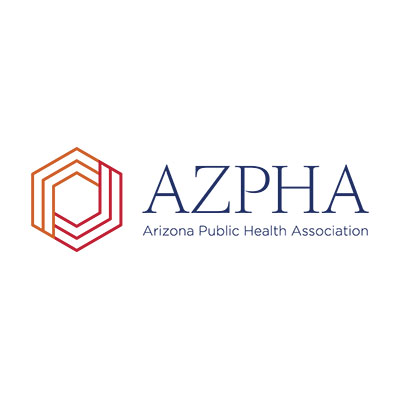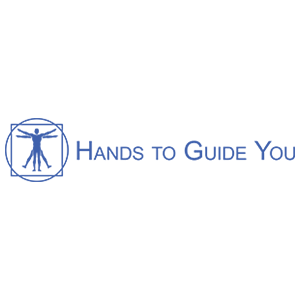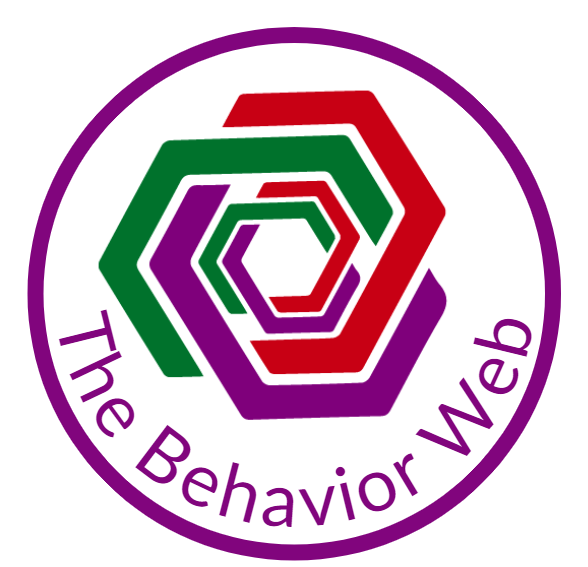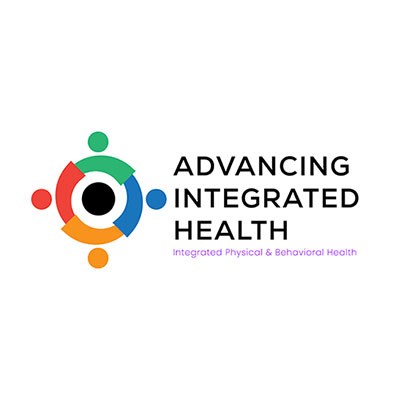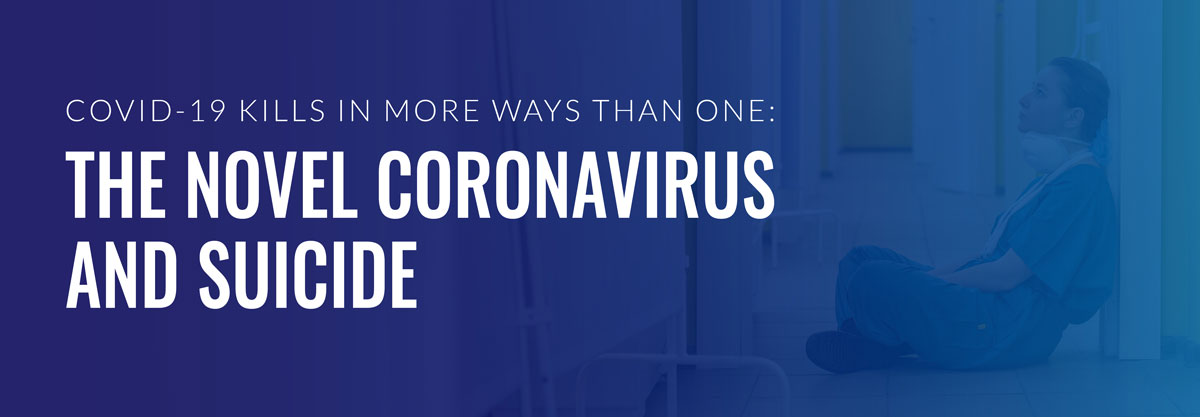 Janet L. Cummings, Psy.D., DBH (Hon.)
Janet L. Cummings, Psy.D., DBH (Hon.)
Chairman of the Board, Cummings Graduate Institute for Behavioral Health Studies
August 18, 2020
For some months now, we’ve all been watching the number of COVID-19 cases in the United States and throughout the world rise on a daily basis. We have also watched with horror as the death toll has risen to numbers that most of us have a hard time even comprehending, and there does not seem to be an end in sight for the Global Pandemic.
Not everyone realizes that COVID-19 doesn’t just kill by physically attacking the bodies of its victims. It also kills indirectly when it becomes a contributing factor in suicide death. While the top epidemiologists and medical researchers in the world are looking for ways to prevent and treat COVID-19, behavioral care providers need to focus on preventing and treating the mental/emotional problems that the Global Pandemic is fostering. For the early months of the Global Pandemic, medical researchers were focused almost solely on the physical aspects of the novel coronavirus — understanding how the virus spread from animals to humans and how it spreads from person to person, how long it can live on surfaces and whether or not it becomes aerosolized, how it enters host cells, how it causes cytokine storm in some patients, how it creates blood clots, and how to treat severe COVID-19 infections and prevent deaths. However, we are now at a point in the Global Pandemic where we’re starting to realize the devastating psychological toll that COVID-19 can have on many people, even on those who have not become physically ill from it.
It seems like an understatement to say that lives have changed dramatically since the discovery of the novel coronavirus. Businesses and schools have closed. Some businesses are not able to recover financially and will remain closed permanently, and many individuals and families have been devastated economically. Some students have reaped little benefit from online learning or other homeschooling methods (Adverse consequences of school closures, 2020), with students from poorer and/or immigrant families being the most negatively affected (Nuamah, 2020).
COVID-19 has caused many people to suffer profound losses, even if they have not contracted the disease, including loss of their job, loss of financial stability, loss of food security, loss of social contacts, loss of freedom, and many other losses. Poorer individuals and people of color have suffered disproportionately (Poverty, 2020). Those who have become ill with COVID-19 have suffered the physical consequences of the illness, including ongoing respiratory system damage and loss of taste and/or smell.
Loss of any kind is a significant risk factor for suicide, regardless of what has been lost (physical or mental health, job, stability, sense of purpose, relationship, freedom, etc.) (Suicide Prevention, n.d.). Loss can cause depression, and as losses accumulate, the risk for suicide increases. COVID-19 and the economic repercussions of the Global Pandemic have caused major losses for many people, both in terms of the significance of the loss and number of the losses.
Social contacts are protective against physical diseases and mental health problems (Harvard Health Publishing, 2010), but COVID-19 has brought about closures of some of the places that people typically gather; it has caused limitations on the number of people who can gather at once, and it makes socializing a challenge because of the need for masks and the need for social distancing. Most people have been cut off from their positive social relationships, to lesser or greater degrees, because of the need to reduce the spread of COVID-19. Unfortunately, what may need to happen to prevent COVID-19 infections (social distancing) can quickly become social isolation and a contributor to depression and suicide (Olson, 2017).
There does not seem to be an end in sight for the Global Pandemic. Economies reopen, only to close again due to resurgences in COVID-19 cases. Schools are reopening, only to see increases in COVID-19 cases. Many people are feeling an increased sense of hopelessness, especially as unemployment benefits run out and politicians reach impasses on stimulus programs to help suffering people and businesses. When loss and depression reach the point of hopelessness, the risk for suicide increases dramatically (Konsky, et al., 2012). As the Global Pandemic continues unabated and people continue to suffer losses, more people will likely reach the point of hopelessness, where they feel as though suicide may be the only way out for them.
As though all this were not enough, the Global Pandemic has made access to healthcare services more difficult, with some providers denying services to people who feel ill and with other providers offering only tele-health visits. Unfortunately, not everyone benefits from tele-health services as much as they would from in-person services (Cortez, 2020), and as a mental health service provider, this author can attest that it is far more difficult to assist patients with mental health problems remotely than it is face-to-face. Poorer patients often lack access to the technology needed to make the most of tele-health visits, and older adults may not have the technology skills necessary to participate in a videoconference (Cortez, 2020). People who are feeling depressed, hopeless, and suicidal may find it especially difficult to engage with a provider via tele-health, thus creating barriers to receiving the mental health services that they need and increasing their sense of isolation.
If someone is feeling depressed and hopeless in the midst of the Global Pandemic, what can they do?
By all means, reach out for mental/behavioral health services. Try tele-health, or better yet, see if there is a mental health service provider who is willing to work face-to-face (with social distancing precautions in place). If access to a mental health professional simply is not possible, talk with trusted family and friends, those people who are supportive and who know how to listen non-judgmentally. Most importantly, don’t lose those important social connections. People may have to socialize differently (over the phone or videoconferencing instead of face to face, eating take-out food together instead of sitting in a pub or restaurant together, or gathering in smaller groups), but it doesn’t mean we have to give up those health-promoting and life-saving connections with other people that we care about and that care about us.
With the Global Pandemic and its pervasive effects on the lives of so many people, mental health professionals cannot afford to rely on service delivery systems and techniques that worked well during a different set of national and global circumstances. It is imperative that healthcare providers learn to make the most of tele-health to avoid doing a disservice to their patients who have no choice but to rely on tele-health visits. It is also imperative that mental healthcare professionals understand the impact of the Global Pandemic on a myriad of mental and emotional issues, including depression and suicidality, as well as how these issues affect some populations (the poor, the elderly, and people of color) disproportionately. At CGI, the faculty is actively helping our Doctor of Behavioral Health candidates become leaders who can bring to healthcare what is needed to address the mental health impacts of the Global Pandemic and beyond.
References
Adverse consequences of school closures. (2020, May 13). Retrieved August 13, 2020, from https://en.unesco.org/covid19/educationresponse/consequences
Cortez M. (2020, August 04). Telehealth hasn’t helped everyone. Retrieved August 13, 2020, from https://www.bloomberg.com/news/newsletters/2020-08-04/telehealth-hasn-t-helped-everyone
Harvard Health Publishing. (2010). The health benefits of strong relationships. Retrieved August 13, 2020, from httPps://www.health.harvard.edu/newsletter_article/the-health-benefits-of-strong-relationships
Klonsky, D., Kotov, R., Bakst, S., Rabinowitz, J., & Bromet, E. (2012, February). Hopelessness as a predictor of attempted suicide among first Admission patients WITH Psychosis: A 10-year cohort study. Retrieved August 13, 2020, from https://www.ncbi.nlm.nih.gov/pmc/articles/PMC3330175/
Olson, R. (2017, December 15). Social connectedness and suicide prevention. Retrieved August 13, 2020, from https://www.suicideinfo.ca/resource/socialconnectedness/
Poverty. (2020). Retrieved August 13, 2020, from https://www.healthypeople.gov/2020/topics-objectives/topic/social-determinants-health/interventions-resources/poverty
Nuamah, S. (2020, June 15). School closures always hurt. They hurt even more now. Retrieved August 13, 2020, from https://www.edweek.org/ew/articles/2020/06/09/school-closures-always-hurt-they-hurt-even.html
Suicide prevention. (n.d.). Retrieved August 14, 2020, from https://www.samhsa.gov/find-help/suicide-prevention
Recommended Video: Dr. Cara English, DBH and Dr. Janet Cummings, Psy.D, DBH (Hon.) Discuss COVID-19 and Suicide
Suicide Prevention Resources
Trevor Project
24/7 Hotline: 1-866-488-7386
Educational Resources for schools
National Suicide Prevention Lifeline
Lifeline:1-800-273-8255
Languages: English, Spanish
Hours: Available 24 hours
Note: The FCC has designated 988 as the new US nationwide number for the National Suicide Prevention Lifeline to be completed by July 2022. In the meantime please continue to share 1-800-273-TALK (8255) with anyone wishing to connect to the Lifeline. As of the publishing date of this article (Aug. 18, 2020) 988 is NOT CURRENTLY ACTIVE nationally and may not connect callers to the Lifeline.
Postpartum Support International (PSI)
PSI Helpline: 1-800-944-4773
#1 En Espanol or #2 English
Or Text:
English: 503-894-9453
Español: 971-420-0294







